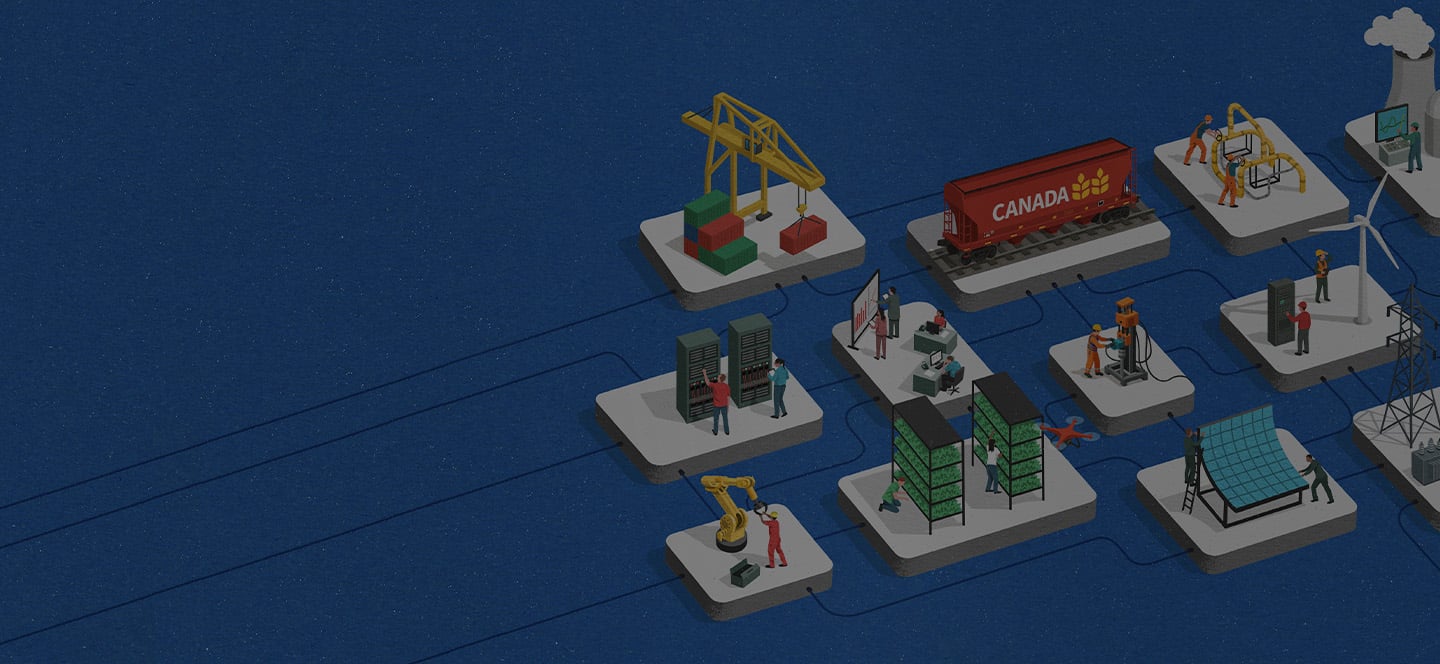As Canada begins to settle in with the new "notice and notice" provisions under the Copyright Act (Canada) which came into force January 2, 2015, copyright owners in Canada still need to address infringing content posted on websites hosted in the United States.
Lenz v Universal Music Corp, Nos. 13-16106, 13-16107, 2015 WL 5315388 (9th Circuit Sept. 14, 2015) adds additional work by a copyright owner before they can use the US notice and takedown remedy.Background
In the 1990s the debate was whether internet intermediaries, such as ISPs, should be liable for infringements made on their servers but of which they were not aware. A key early case that addressed this issue was Religious Technology Center v Netcom On-Line Communication Services, Inc., 907 F. Supp. 1361 (N.D. Cal. 1995), in which the plaintiff alleged liability for the ISP for infringements alleged to have been conducted by a 3rd party user on a bulletin board service connected to the Netcom service. The Court held that Netcom was not directly liable as it did not take any affirmative act that could result in the copying of the plaintiff's work. The Court found some causation or volition was required by the ISP to constitute copyright infringement. The Court also noted the chilling effect should the ISP be found liable in these circumstances.
A similar result arose in Canada where the Supreme Court in Society of Composers, Authors and Music Publishers of Canada v Canadian Assn. of Internet Providers, 2004 SCC 45, made a comment that "liability may well attach if the activities of the Internet Service Provider cease to be content neutral, e.g., if it has notice that a content provider has posted infringing material on its system and fails to take remedial action."
The Notice and Takedown Remedy under the DMCA
The Netcom holding was a step that ultimately lead to the formulation of a notice and takedown remedy which became codified as part of the Digital Millennium Copyright Act, 17 U.S.C. § 512, (DMCA). The result of that system was that the ISP was not liable for infringements it had no knowledge of and did not encourage. Therefore, sending the ISP notice of the infringement lead to the ISP assessing the claim and, if found legitimate, then the ISP would take down the content and claim the benefit of immunity under the DMCA. This system has worked well to provide an effective remedy to the posting of infringing content on the Internet.
Safeguards
Safeguards were built into the DMCA so that a party who believes that the notice is unjustified can engage counter-notice and put back procedures provided in the DMCA. If a proper written counter-notice is filed stating the material does not infringe copyright, the ISP has to promptly notify the complainant of the objection. The DMCA provides that if the copyright owner does not file a lawsuit within 14 days, the ISP is required to restore the content.
As another safeguard the DMCA requires the complainant to provide a statement that the owner or its representative has a good faith belief that the subject content is "not authorized by the copyright holder, its agent, or the law".
As a check on problematic behaviour Section 512(f) of the DMCA provides that a copyright owner is liable in damages if they knowingly make materially false accusations of infringement in order to remove material from a website. That liability is real. Recently in Automattic Inc. v Steiner, 13-cv-05413-JCS, 2014 WL 7894441 (ND Cal. 2014) a Magistrate awarded damages for abuse of the DMCA process under that provision.
New Developments
The 9th Circuit Court of Appeals has gone further and, in Lenz v Universal Music Corp., Nos. 13-16106, 13-16107, 2015 WL 5315388 (Sept. 14, 2015) held that fair use is authorization under the law as contemplated by the DMCA. As a result, a copyright complainant must consider applicability of fair use to avoid liability for damages from sending a takedown notice under the DMCA.
In Lenz, the plaintiff alleged that Universal misrepresented in a takedown notice that her 29 second home video was an infringement of a work by the Artist known as Prince. Lenz alleged copyright holders were abusing the DMCA process and were not conducting a fair use assessment before sending the notice. The short video, called Lets Go Crazy #1, shows Lenz' two children dancing to an extract of the song Lets Go Crazy. Universal assessed that the prominence of the song in the work and use in the title meant the song was the focus of the video. Universal send a takedown notice including the statement that the complainant had a good faith belief that the subject content is "not authorized by the copyright holder, its agent, or the law".
In response to the take down notice YouTube removed the video. In response to a counter-statement YouTube restored the video. Lenz then filed action leading to complex proceedings over some years which came before the 9th Circuit.
The 9th Circuit addressed the issue of whether the DMCA requires copyright holders to consider whether the potentially infringing material is a fair use of a copyright before sending a takedown notice.
In language akin to the reference to "users rights" by the Canadian Supreme Court in CCH Canadian v LSUC, 2004 SCC 13, where the Court went on to find the fair dealing exemption in Canadian law was an essential part of the Copyright Act, the 9th Circuit in Lenz said:
"Fair use is not just excused by the law, it is wholly authorized by the law... The statute explains that a fair use of a copyrighted work is permissible because it is a non-infringing use."
As a result, the Court held that for the purposes of the DMCA "fair use is uniquely situated in copyright law so as to be treated differently than traditional affirmative defenses". As a result "a fair use is authorized by law and a copyright owner must consider the existence of fair use before sending a takedown notice" under the DMCA.
Moving forward the Court then considered if Universal knowingly misrepresented that it had formed a good faith belief that the video did not constitute fair use.
The 9th Circuit confirmed that a copyright holder need only form a subjective good faith belief that a use is not authorized. Commenting on procedures that would be sufficient the Court noted:
"For example, consideration of fair use may be sufficient if copyright holders utilize computer programs that automatically identify for takedown notifications content where: (1) the video track matches the video track of a copyrighted work submitted by a content owner; (2) the audio track matches the audio track of that same copyrighted work; and (3) nearly the entirety... is comprised of a single copyrighted work.
To be sufficient such computer generated review would be reviewed by a skilled individual to assess content that computer did not examine.
The Court also held that the wilful blindness doctrine could be used to assess if a copyright holder "knowingly materially misrepresent[ed]" that it had the requisite good faith belief. In this case Lenz was found to be unable to pursue this doctrine at trial.
The conclusion is that copyright owners need to put in place internal procedures to consider fair use before they send DMCA notices or risk liability under the DMCA.











